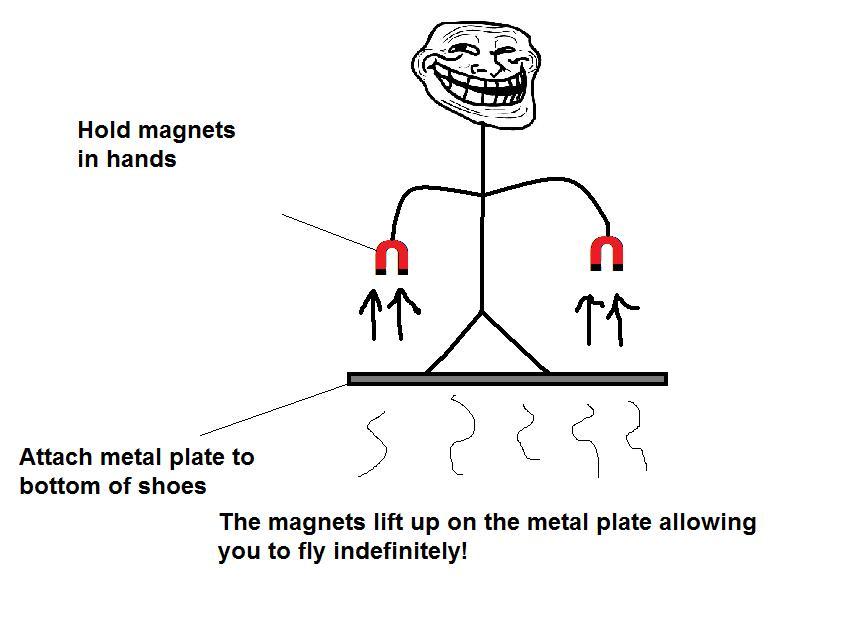Posted by Marc Hodak on May 30, 2014 under Executive compensation, Governance | 

On Monday, Staples, Inc will try to win its “Say-on-Pay” vote with ISS recommending against approval the executive compensation plan. ISS made its recommendation based on its usual arbitrary, micro-managing concerns which are not the subject of this post. Here, I want to highlight the problem Staples created for itself, without anyone’s help, and unintentionally revealed in this pair of sentences:
The [Compensation] Committee … recognized the need to address retention of key talent and to continue to motivate associates in light of the fact that we did not pay any bonus under the Executive Officer Incentive Plan or Key Management Bonus Plan in 2013 and 2012.
As a result of the changes to the compensation program in 2013, an average of 84% of total target compensation (excluding the Reinvention Cash Award) for the NEOs was “at risk” based on performance results, and 100% of long term incentive compensation was contingent on results.
Anyone reading Staple’s proxy could be forgiven for thinking that these two sentences have nothing to do with each other, notwithstanding that they appear consecutively in this proxy. It’s clear that neither the authors of this disclosure nor the board that approved it saw the connection, either. But look carefully at what they are saying.
Read more of this article »
Posted by Marc Hodak on May 27, 2014 under Economics, Innumeracy | 

Whenever minimum wages are being debated, as they are once again, we can count on someone bringing up the old story about Ford’s $5-a-day gambit. It goes something like this:
Ford Motor founder Henry Ford revolutionized the industrial landscape when he doubled his employees’ wages to $5 per day in 1914. The pay increase allowed his workers to buy the Model T cars they assembled every day on the factory line.
Enabling workers to “buy their own product” supposedly enables the creation of a mass market, helping producers as well as consumers. But is that true? And is that how Ford benefited from his wage hike? Let’s look at the math.
In 1914, when Ford Motors instituted the $5-a-day wage, the company had about 14,000 workers making $2.25 a day, for a total wage cost of about $32 million. Ford was selling about 250,000 cars a year at about $500 per car. That’s about $125 million in total revenue. So, let’s say that ALL of the increase in wages–$2.75 per day per employee for all 14,000 employees–went toward the purchase of Ford cars. (Why that would have been impossible is a story for another time.) That would be sales of about 20,000 more cars (yes, more than one car per worker), yielding Ford about $10 million dollars more in revenue. So, the “buy-their-own-product” folks are asserting that Ford benefited by doubling his labor costs in order to increase his sales by less than 7 percent. For one year.
Nope.
The buy-their-own-product rationale is as historically mistaken as it is economically ridiculous. Ford’s stated intent in dramatically raising wages was to reduce the huge turnover his new assembly line process had created, and the high costs of dealing with that turnover. In other words, it was a bold solution to a novel production problem.
Furthermore, far from expecting any major increase in sales (i.e., from his own workers), Ford counted on having his profits significantly reduced that year as a result of the wage increase. In fact, he was gleefully counting on it. Why would Ford want his profits hurt that year? Because he was in the middle of an outrageous gambit to squeeze out his fellow investors (and new car competitors) John and Horace Dodge, and a ding to the company’s profits that year would hurt them much more than it would Ford himself. Ford, in fact, expected to realize the benefits of lower turnover in later years once his volume was greatly expanded (which is what eventually happened).
The idea that increasing your employees’ wages to enable them to buy your product is one of those ditzy notions that requires math blinders to believe. Yet the “buy their own product” argument will continue to be made because belief is more powerful than math.


